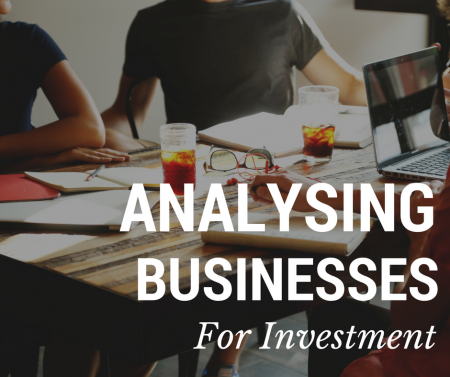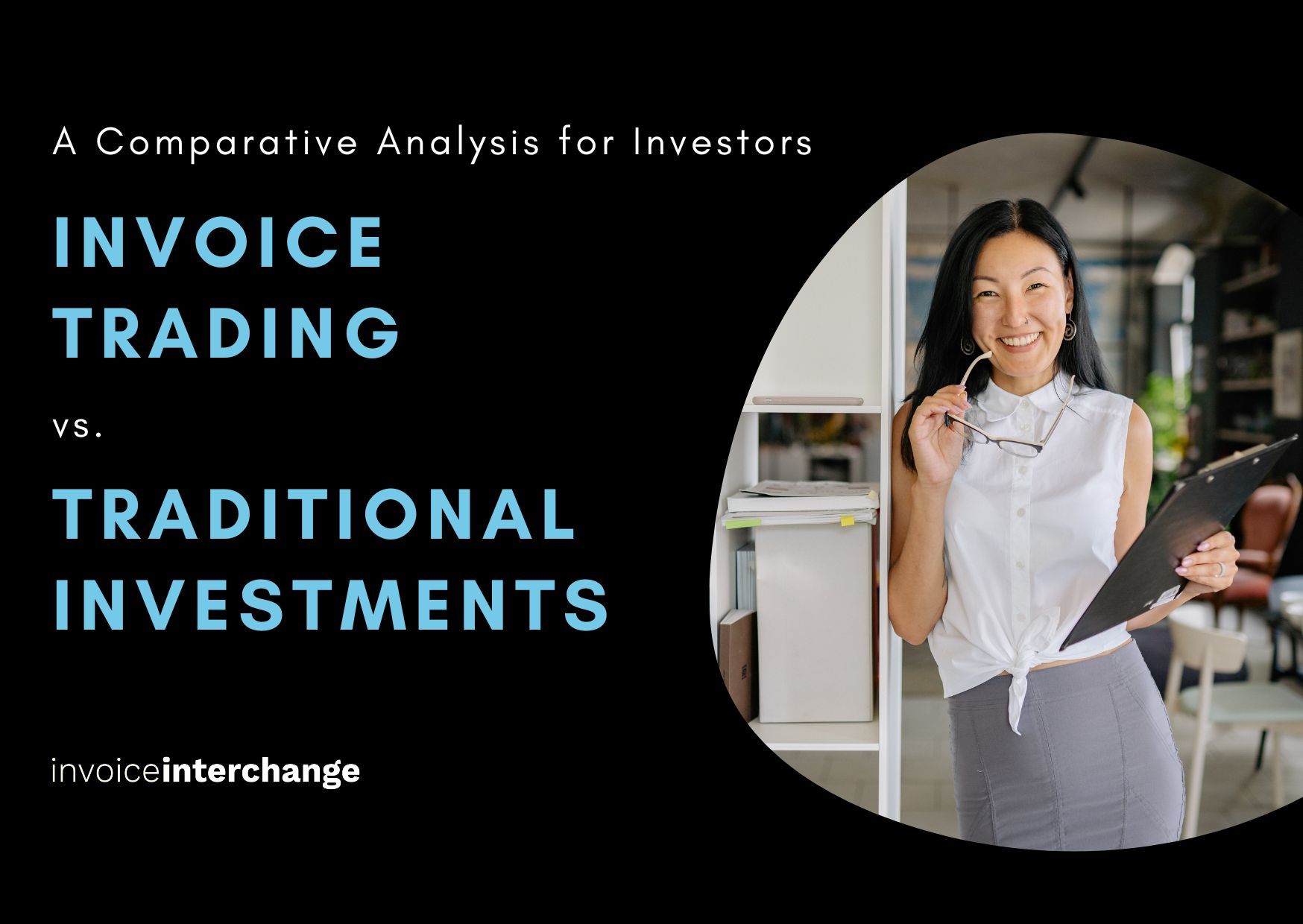
Analysing businesses for investment
It is no surprise that in the current business climate of low or even sub-zero interest rates and arguably overpriced equity markets[1], investors are on the hunt for alternative avenues of investment. Injecting seed funding into promising young businesses is one such investment that has recently grown to be very popular. This form of investment is extremely rewarding but naturally comes with significant risks.
With that in mind, it is necessary to analyse businesses when considering whether or not to invest. The importance of standard analysis using financial ratios and metrics (which are reviewed here and here) is widely acknowledged. However, since these businesses are either unlikely to have much historical financial data available or possess highly skewed financials (due to them still being in the early stage), this article will instead explore other non-financial aspects of a young business that are equally as, if not more, important to your investment decision.
Management background
The vision, values and quality of the management team can give a good indication of how the business is currently being run and its potential to succeed in a highly competitive environment. Additionally, besides considering the corporate track records of those managing the company, it is also useful to check if the team members come from diverse backgrounds – whether it be in skills, knowledge or cultural factors. Different backgrounds inevitably bring with them different perspectives that can complement each other.
A perfect example of a company subscribing to this philosophy is Ernst & Young who believes in “fostering an inclusive environment in which the differences, talents and perspectives of all employees are maximized in order to deliver exceptional client services.”[2]
Analysing business model
Understanding the problem that the business is aiming to solve and how it is going to be monetised from it is without a doubt, a mandatory assessment. Without a viable product or service, it is difficult for any business to succeed.
Exit strategy
Your investment return can only be realised if someone takes over your stake. Therefore, it is imperative that you speak to the business owner(s) beforehand to ascertain your possible exit strategies[3] and the benchmarks that the business has to reach to be able to utilise those strategies. Moreover, not every business turns out to be successful – you should also determine possible triggers for the business that signal to you when it is time to just cut your losses.
Customer/ competitor analysis
As the old slogan goes, “the customer is always right”. Interacting with customers of the particular business and reading customer reviews (some of which are unreliable) will teach you about the true strengths of a business – why customers choose the business over their competitors, what the business can improve on and exactly what kind of needs the business fulfils. By analysing customer loyalty and how the business’ product or service compares to that of its competitors, you will get a much clearer picture of its growth potential.
Proper planning
You can learn a lot about a business by going through its planning procedures. While some might argue that business plans are becoming obsolete in this new age of lean start-ups which prioritises having a working prototype for the product/ service, this writer believes that the planning process remains essential in enabling a business to identify opportunities for growth and to strategize towards possible obstacles. The plans should be realistic and credible, especially when it comes to projections of cash flow. You should also scrutinize how they propose to scale the business and whether forecasted growth is organic[4].
As with all forms of investments, it is absolutely vital that an investor exercises due diligence, analysing business in all angels. By considering the above aspects in addition to your financial analysis of a company, you will be much better equipped to judge the risk-reward profile of your potential investment.
Happy investing!
Related articles
Finding the best investment strategy
Which alternative finance asset class should you be investing in?
[1] Reuters (2016, June 22). The Federal Reserve says U.S. stocks are overpriced. Retrieved August 2, 2016, from http://fortune.com/2016/06/22/federal-reserve-stocks-overpriced/
[2] EY | DiversityInc Top 50 (n.d.). Retrieved August 3, 2016, from http://www.diversityinc.com/ey/
[3] Inc. Staff (2010, October 19). How to choose an exit strategy. Retrieved August 3, 2016, from http://www.inc.com/guides/2010/10/how-to-choose-an-exit-strategy.html
[4] Organic Growth (n.d.). Retrieved August 3, 2016, from http://www.investopedia.com/terms/o/organicgrowth.asp
Related Articles

Invoice Trading vs. Traditional Investments: A Comparative Analysis for Investors

Crucial Metrics: A Guide for SMEs on How to Measure Financial Goals for a Successful Business
